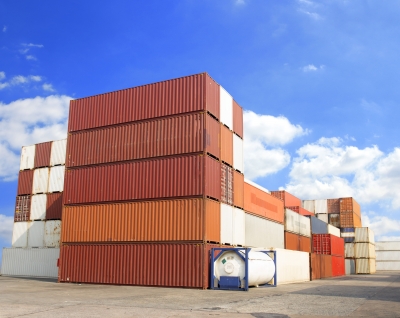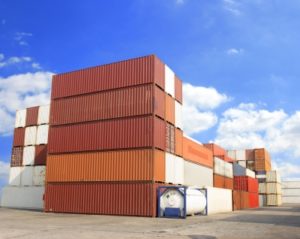Philippine Customs commissioner Isidro Lapeña is looking at the permanent removal of the green lane from the Bureau of Customs’ (BOC) selectivity system, noting its suspension has not had an adverse effect on port operations.
“If there’s no need for a green lane, then I will remove that, because that’s where the 604 kilos (of methamphetamine hydrochloride) passed through,” Lapeña said when asked if he sees the possibility of permanently stopping the use of the green lane system during a press conference on October 23.
The customs chief was referring to the P6.5 billion worth of methamphetamine hydrochloride (shabu) that should have been tagged under the red lane but instead directed to the green lane, and as a result slipped past BOC undetected in May this year. The illegal shipment was the subject of several Congressional hearings that, among others, questioned BOC’s selectivity system.
BOC’s selectivity system is the procedure that classifies shipments as low- (green), medium- (yellow), or high-risk (red) based on several “flags” or categories. With the green lane suspended, shipments into the Philippines are now tagged only either under yellow or red lane.
According to Lapeña, the suspension of the green lane, which started on August 30, has not caused delays in the release of shipments; other factors, such as duty examiners, may have, he said.
READ: Use of green lane temporarily on hold
Duty examiners
The customs chief recently discontinued the practice of requiring duty examiners to be present at the x-ray designated examination area, a move intended to cut redundancy of work and streamline the process of container release. The practice also bred corruption, with Lapeña noting that some duty examiners delayed the release of shipments, first demanding grease money from owners of cargoes subjected to x-ray inspection.
READ: Presence of duty examiners no longer required at x-ray DEA
He has also instructed BOC’s Account Management Office to complete the review and processing of importers and customs brokers’ applications in three to five days, provided all requirements have been complied with.
Lapeña declined to give a timeline when he intends to deactivate the green lane. For now, he said, it will remain suspended unless there is a compelling reason to lift the suspension.
He added he is “more comfortable” that shipments undergo non-intrusive inspection to make sure declared cargoes and values are correct. BOC is setting aside P1.3 billion in its 2018 budget to acquire 56 x-ray machines to augment its capability for non-intrusive inspection.
Asked what options customs-compliant companies may have once the green lane is removed, Lapeña said BOCLs Super Green Lane (SGL) facility, which only has 169 members currently, is available.
The SGL is a special facility established to comply with the Revised Kyoto Convention, to which the Philippines has been a signatory since February 2010. The agreement mandates contracting parties to provide special procedures for authorized persons who have passed certain criteria specified by customs.
These criteria include a record of compliance with customs requirements and a satisfactory system for managing their commercial records. – Roumina Pablo
Image courtesy of joesive47 at FreeDigitalPhotos.net






